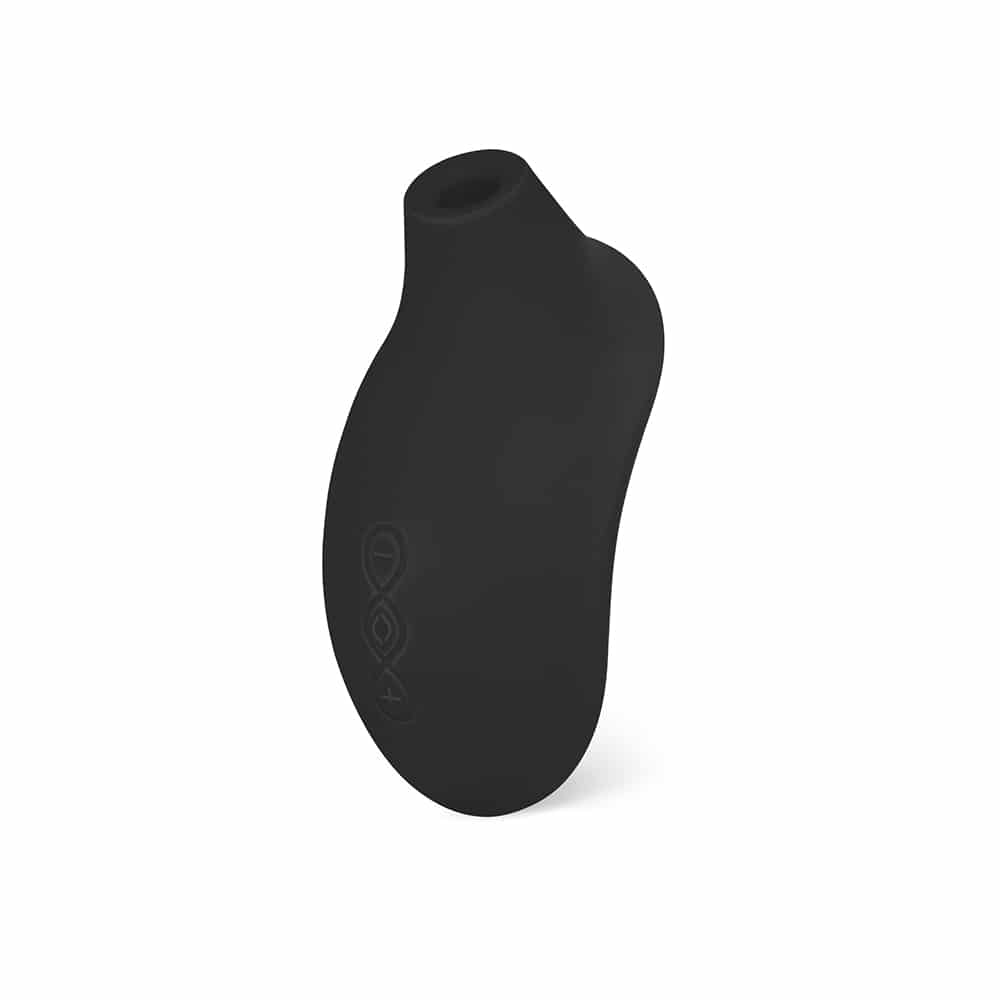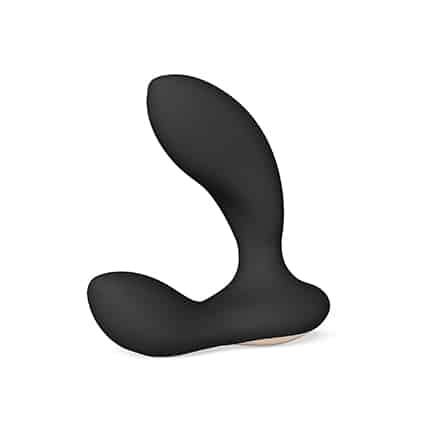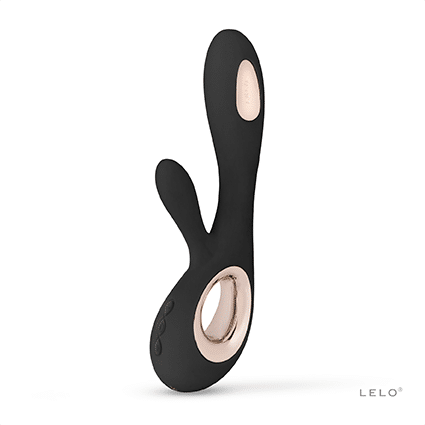Blog
Causes, Symptoms, and Treatment for a Painful Erection

The definition of priapism might not be familiar to you right off the bat, but if you’ve ever experienced a four-hour erection, then you’re definitely intimately familiar with what priapism is.
While a four-hour erection might sound like a dream and a positive thing, unfortunately, it’s not as pleasant as it sounds. In fact, priapism is a serious medical emergency that requires immediate treatment.
Before you freak out, though – knowledge is power, so let’s discuss everything you need to know about priapism, its causes, and treatment.
What Is Priapism?
Priapism is a prolonged and sometimes painful erection of the penis. It might be a full or partial erection that might persist long after the sexual activity is over or might occur without any sexual activity involved.
Priapism is a serious medical emergency that requires treatment and might cause damage to the penis and permanent sexual dysfunction if not treated. These prolonged erections can be damaging due to scar tissue buildup in the penis if the condition is not treated immediately.
Despite its seriousness, priapism is not something that happens often. Around 0.5 – 0.9 cases of priapism per 100,000 people are reported every year. Higher rates of priapism are observed in people aged 40 and older. However, certain parts of the population, like those with sickle cell disease (SCD), are more prone to experiencing priapism – it might occur to around 40% of people.
There are various causes of priapism, but before we dive into that, let’s discuss the different types of priapism.
Types of Priapism
There are three known types of priapism:
Ischemic Priapism
Sometimes referred to as low-flow priapism. It’s the most common form of priapism, and it’s also the most dangerous. Low-flow priapism happens when the muscles in the penis become paralyzed and can’t contract, trapping the blood inside the penis. That leads to prolonged, painful erections.
Non-Ischemic Priapism
Sometimes referred to as high-flow priapism. It’s a less common type of priapism that is often painless. This form of priapism happens when there’s an excessive influx of blood into the penis, which disturbs the normal blood-drainage system and causes a prolonged erection. While it’s still an emergency, it’s not as dangerous to long-term health as low-flow priapism is. It’s most common in people with sickle cell disease (SCD).
Recurring Priapism
The last type of priapism, sometimes referred to as stuttering priapism, is a form of a low-flow priapism. It’s the least common type of priapism and very challenging because the painful, prolonged erections that are dangerous keep coming back. It often requires long-term medical treatment to help manage.
What Are Priapism Causes?
Sometimes, priapism might happen without a good cause. However, certain lifestyle factors, medical conditions, and injuries might be a reason why priapism occurs.
Medical Conditions
Certain medical conditions might cause low-flow priapism, such as:
- Sickle cell disease (SCD)
- Leukemia (blood cancer)
- Thalassemia (low hemoglobin levels)
- Hematological dyscrasias (a condition that affects blood, bone marrow, and lymph tissue)
Injury
Physical injury of the penis and the surrounding area is the main cause of high-flow priapism. Suffering physical damage to the area ruptures essential arteries, which might cause abnormal blood flow to the pelvis region and result in a prolonged erection.
You might injure yourself during sports (especially contact sports), accidents (such as falling off the ladder), and even during sexual activity.
Medications
There are a number of medications that are known to cause low-flow and high-flow priapism or might increase your chances of developing priapism, such as:
- Certain antidepressants (trazodone)
- Some ADHD medications
- Anticoagulants
- Antihypertensives
- Alpha-blockers
- Antipsychotics
- Vasoactive drugs
Even certain medications used to treat erectile dysfunction have been found to be responsible for up to 25% of priapism occurrences.
Lifestyle-Related Causes
Aside from medical and drug-related causes, your lifestyle choices might contribute to developing priapism. Drinking alcohol and taking recreational drugs is responsible for up to 21% of priapism cases. Recreational drugs include cocaine, marijuana, and MDMA (ecstasy).
Smoking and electronic cigarettes might also lead to increased chances of developing priapism.
What Are the Symptoms of Priapism?
The symptoms of priapism depend on whether you have a low-flow or high-flow priapism. Generally, the priapism symptoms to look for are:
Prolonged Erection
Whether you have low-flow, high-flow, or priapism, the common symptom is a prolonged erection that lasts for four hours or more.
Painful Erection
In the case of low-flow ischemic priapism, you might experience a painful erection. The pain might worsen over time.
Rigid Shaft, Soft Head
If you have low-flow priapism, you might have a rigid shaft, but the head of the penis is soft.
Rigid Head, Soft Shaft
If you have high-flow priapism, you might notice that the shaft of your penis is not as hard, but the head of the penis is swollen and rigid.
Repetitive Episodes of Prolonged Erection
If you notice that you have recurring episodes of prolonged erection that last for a couple of hours at a time, it might be a sign that you have recurring priapism.
What Are the Complications of Priapism?
Without proper treatment, priapism might cause permanent damage to the penis and your overall sexual functioning. The trapped blood inside the penis runs out of oxygen that’s vital for cells, which may result in tissue damage in your penis.
That tissue damage might lead to permanent erectile dysfunction. Low-flow priapism that’s left untreated for more than 24 hours increases your chances of developing permanent erectile dysfunction by up to 90%.
How Is Priapism Diagnosed?
While a four-hour erection is a good indication that you probably have a low-flow or high-flow priapism. However, your healthcare provider will run some tests to find out exactly how severe your condition is and which type of priapism you have.
Physical Exam
Your healthcare provider might check the penis, perineum, and pelvic region to check for signs of trauma or other abnormalities that might be a cause for priapism.
Blood Tests
Your doctor might run some blood tests to see whether or not you might have some blood-related conditions that could be a cause.
Ultrasound
Your doctor might do an ultrasound, which helps measure blood flow to the penis. Also, it might allow the doctor to see if there are any physical signs of trauma.
Blood Gas Measurement
Your doctor might do a blood gas measurement test to find out the oxygen and carbon dioxide levels in the blood that’s stuck inside your penis. This might help evaluate which type of priapism you have.
Toxicology Test
Because alcohol and illicit drug use might cause priapism, your healthcare provider might do a toxicology test.
When To See a Doctor
If you have a four-hour erection that won’t go away no matter what you do, whether or not it’s painful or not, you need emergency care. The emergency care doctor will be able to help identify the form of priapism you have and find a suitable treatment.
While it might be scary to seek help, it’s better to do it as soon as possible so you can get the treatment quickly and minimize your chances of permanent damage to the penis and your overall sexual function.
What Priapism Treatment is Available?
How you treat priapism will depend on the type you have, your medical history, your overall health, and the severity of the condition.
At-Home Treatment
If you have a prolonged, painful erection, there are things you might try yourself. National Health Service (NHS), suggests to try:
- Go for a pee
- Have a warm bath or a shower
- Increase your water intake
- Go for a gentle walk
- Try gentle exercise
- Take painkillers if needed
There are also things you should avoid doing to try and ease the discomfort:
- Avoid ice packs or cold baths, as it might make things worse
- Avoid sex and masturbation
- Avoid drinking alcohol
- Avoid smoking
Aspiration
Aspiration is a medical procedure in which a doctor manually drains the blood from your penis. It’s a treatment that’s successful in 66% of cases when treating low-flow priapism.
During the procedure, a medical professional will use medication to numb the penis. Then, they’ll use a small needle and a syringe to withdraw the blood trapped in the penis to reduce the swelling and alleviate pressure.
One time might be enough, but they might also need to repeat the procedure a couple of times until the prolonged erection finally goes away.
Medication
Your healthcare provider might treat priapism with prescription medication such as decongestants like phenylephrine. This medication might help reduce the blood flow to the penis and help the erection to go down.
Observation
If you have high-flow priapism, your healthcare provider might keep you under medical observation until the prolonged erection resolves itself. A high-flow priapism resolves on its own in 60% of cases.
Surgery
If no other methods of treating the priapism work, or if you have a severe case of priapism, your healthcare provider might suggest surgery to restore proper blood flow to the penis. Using surgical methods, the healthcare provider will create a pathway to drain excess blood and restore the regular blood flow to the penis.
Is it Possible to Prevent Priapism?
Priapism is not a common occurrence for the general population and might happen to anyone at any time. Because of it, it might be hard to do specific things to prevent it from happening. However, there are things you might want to try to minimize your chances:
- Make sure you’re treating any underlying health conditions you have as per your doctor’s recommendations, such as sickle cell disease (SCD).
- Always take the medications prescribed to you according to the instructions.
- Wear protective gear around your penis when you participate in rigorous activities that might result in physical injuries.
- Avoid or cut out alcohol, drugs, and smoking.
Discover pleasure with:

















